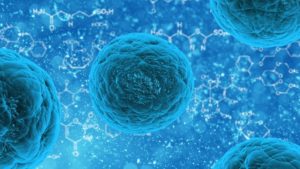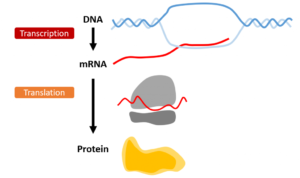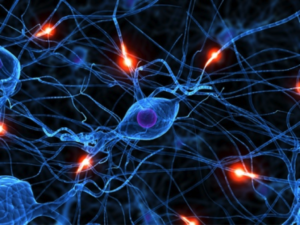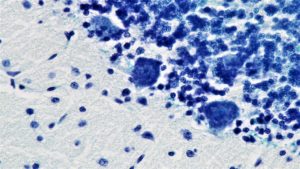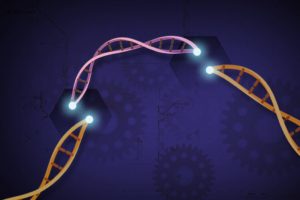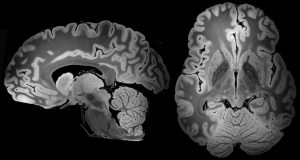
Snapshot: What is Magnetic Resonance Imaging (MRI)?
What is it? Magnetic resonance imaging (MRI) is a type of technology used to take detailed pictures of the body. It is commonly used to detect abnormalities in the body, diagnose diseases, and to regularly monitor patients who are undergoing treatments. It can generate three-dimensional images of non-bony tissues, such Read More…


